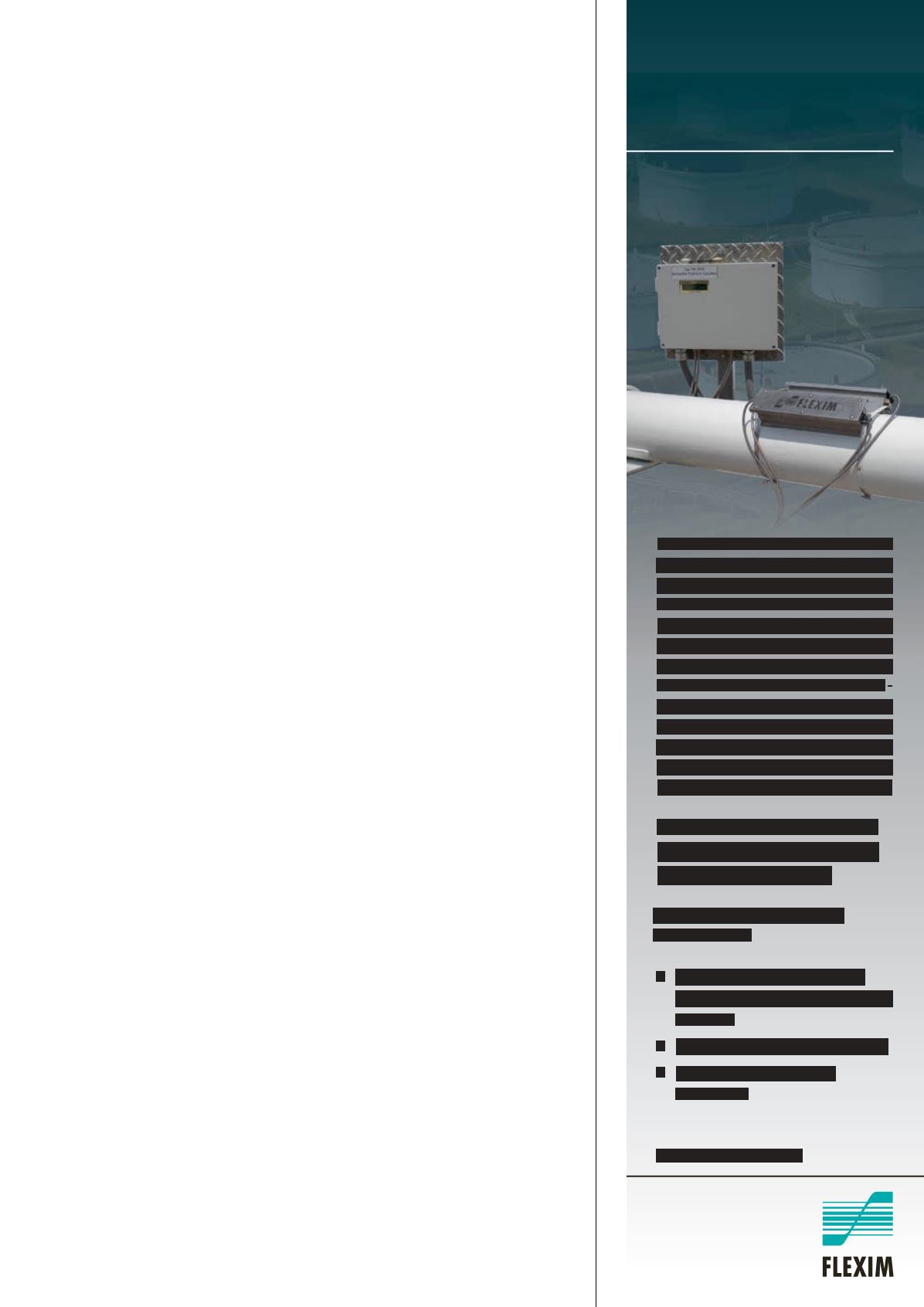
downstream markets is poised to create the biggest opportunity
for terminal infrastructure. As the US plans to export as much as
100 million t of LNG by 2025, there is a scenario wherein export
oriented terminals are scheduled to come online, particularly in
the Gulf Coast region. Bakken, Eagle Ford and Marcellus are areas
poised for the maximum growth from a terminal automation
standpoint (Figure 2).
One stop shop requirements
Frost & Sullivan analysed and mapped the product requirements for
each segment of the midstream market, as shown in Figure 3.
Looking at the mapping it is clear that solution providers in the
terminal automation market are expanding product capabilities to
become one stop shops. The move is primarily driven by end users,
who are looking to consolidate solution suppliers and minimise
contractual inefficiencies. As the terminal automation market
evolves, solution providers will need to meet the total
requirements of customers, from hardware (field devices, sensors,
etc.) to enterprise software (fleet tracking, terminal management,
etc.), and communication systems, while exhibiting the in depth
ability to deliver industry specific process applications.
Some of the prominent benefits of automation for customers
include:
n
Cost benefits due to integrated solutions, faster processing,
and optimised distribution capabilities.
n
Ability to exercise real time measurement across storage tank
farms, leading to precise control of inflow and outflow of
hydrocarbons.
n
Optimised logistics and tracking management for trucking
fleets.
n
Efficient custody transfer and flow assurance for a variety of
terminal types (including ships, trucks, trains and transloading).
Competition perspective
Though the North American terminal automation market is highly
competitive, it is also fairly consolidated. The top five participants
in the market hold approximately 76.0% of market share. Hence,
there is little room for a relatively new player to take a dominant
position, unless it is by way of acquisitions. Some of the known
examples of such deals are: IDEX Corp’s acquisition of TopTech,
FMC’s acquisition of Control Systems International, and Schneider
buying Telvent. More acquisitions are expected as established
solution providers look for growth avenues.
Some of the newer strategies deployed by solution providers
include an integrated approach to solution development. Apart
from providing traditional commercial off the shelf products like
presets, human machine interface (HMI), supervisory control and
data acquisition (SCADA) and programmable logic controller (PLC),
solution providers are branching out into application areas such as
transaction management system, inventory management,
measurement skids (which includes valves, sensors, flow assurance
devices like Coriolis meters, etc.). Measurement skids seem to have
taken off very well in the market, especially with the rise in rail
based transportation of hydrocarbons. These skids are custom
made for specific applications, and ‘skids on wheels’ can be easily
transported from one place to another place to aid in transloading
applications as well. Measurement skids could well be a contested
space, as it was traditionally catered to by system integrators and
Looking for an accurate
mass flow and media
detection of hydrocarbon
products?
The non-intrusive flow
meter for hydrocarbon
products handling
f
Storage tank farms (tank
dewatering) & Barge loading
stations
f
Pipelines (bulk and product)
f
Hydrocarbon product
terminals
The ideal flow metering
solution for:
FLUXUS
®
HPI
FLEXIM’s flow measurement
solutions can be used in any
environment – even flooding
of the whole instrumentation
is not a problem. The liquid or
gas flow meters can be used
for check metering as well
as for media or interface de-
tection. Simply clamped on
to the pipe, the highly rugged
system never loses grip and
ensures you with the highest
possible availability and safety.


